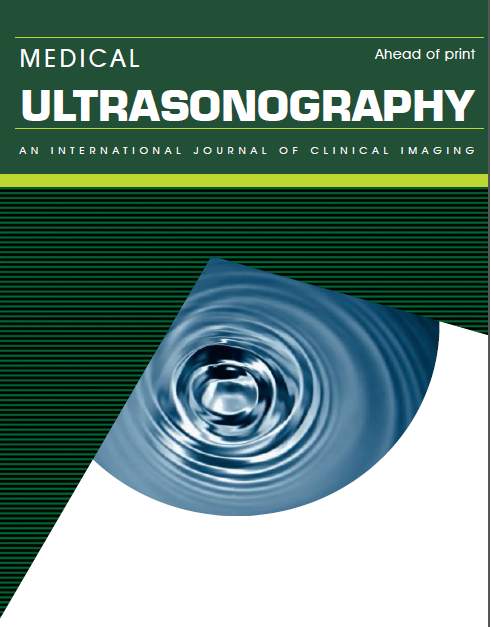Application of contrast enhanced ultrasound in gallbladder lesion: is it helpful to improve the diagnostic capabilities?
Abstract
The aim of this study is to evaluate if contrast enhanced ultrasound (CEUS) can improve the differential diagnostic performance of gallbladder (GB) lesions.
Materials and methods: Forty-nine patients (18 men, 31 women; mean age, 54.8±14.4 years, range age, 22-78 years) with GB lesions (mass-forming and wall-thickened types) were enrolled in this study. All patients underwent conventional ultrasonography (US) and CEUS examination. The imaging characteristics of GB lesions were analyzed to compare the diagnostic performance of US and CEUS. The final diagnosis was obtained by histopathology.
Results: There were significant differences between benign and malignant GB lesions with regards to size, shape, vascularity, the integrity and margin of GB wall and time to iso-enhancement on CEUS (p<0.05). However, no significant difference was found concerning the enhancement patterns between the two groups (p>0.05). Logistic regression analysis showed that the boundary between liver and GB wall (p=0.017) and vascularity on color Doppler flow imaging (p=0.013) were two independent predictors of malignancy. The diagnostic accuracy of US could be improved in combination with CEUS (65.3% vs 83.7%). The diagnostic accuracy of the GB wall thickening type was higher than the mass forming type.
Conclusion: CEUS could improve the diagnostic performance of GB lesions, especially for wall-thickened type lesions
Keywords
DOI: http://dx.doi.org/10.11152/mu-1626
Refbacks
- There are currently no refbacks.




